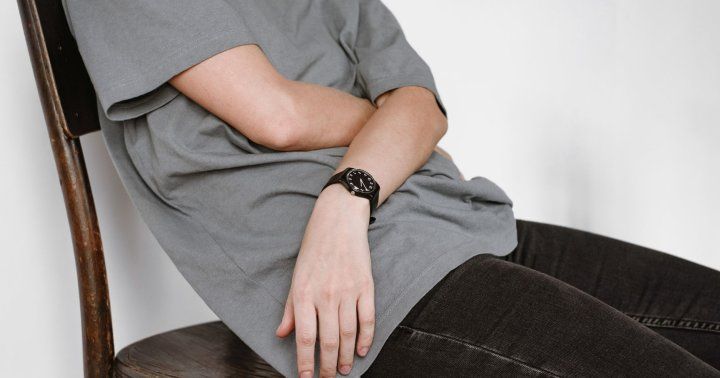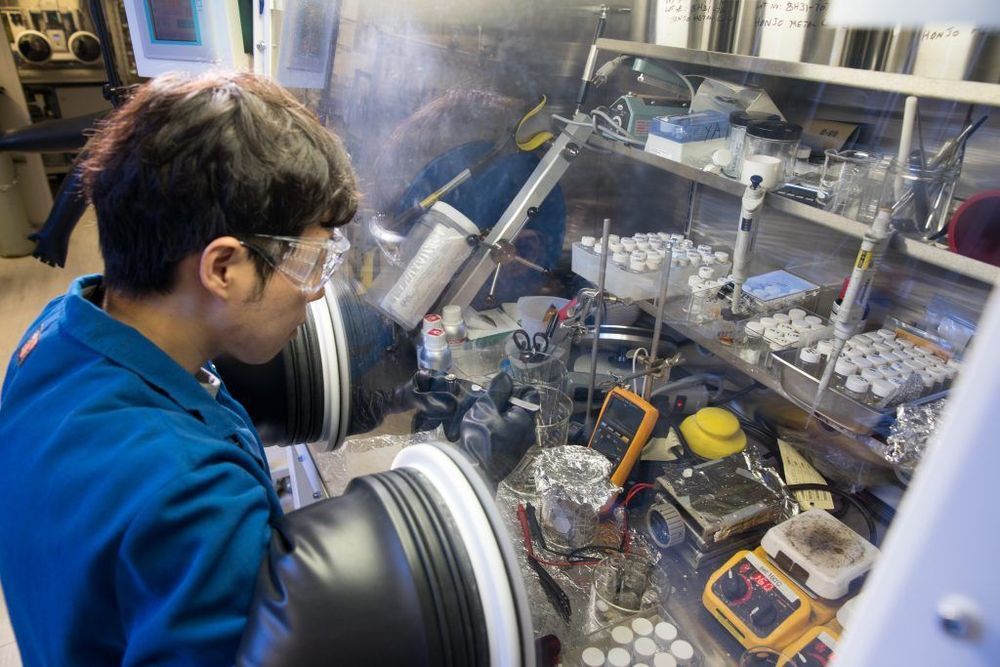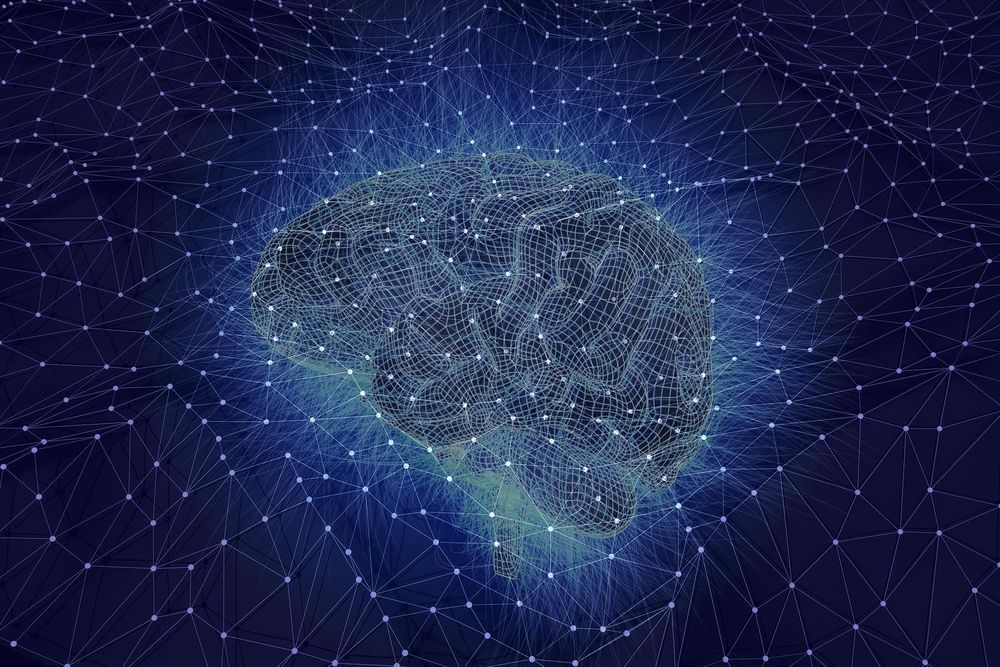Page 8100
Dec 25, 2019
Study Finds New Key To Longevity — And It’s In The Gut
Posted by Paul Battista in categories: biotech/medical, life extension
Having a healthy gut should always be a priority when dealing with any health-related issues. It’s connected to various problems like IBS, asthma, thyroid disorders, and even diabetes. A new study, however, is giving us another reason to promote gut health—and we’re excited about it.
Using mice, an international research team has discovered a specific microorganism living in the gut that may affect the aging process.
Dec 25, 2019
In leap for quantum computing, silicon quantum bits establish a long-distance relationship
Posted by Saúl Morales Rodriguéz in categories: computing, quantum physics
Imagine a world where people could only talk to their next-door neighbor, and messages must be passed house to house to reach far destinations.
Until now, this has been the situation for the bits of hardware that make up a silicon quantum computer, a type of quantum computer with the potential to be cheaper and more versatile than today’s versions.
Now a team based at Princeton University has overcome this limitation and demonstrated that two quantum-computing components, known as silicon “spin” qubits, can interact even when spaced relatively far apart on a computer chip. The study was published in the journal Nature.
Dec 25, 2019
Astrophysicists Developed a New Theory to Explain ‘Dark Energy’
Posted by Paul Battista in categories: cosmology, physics
The fact that our Universe is expanding was discovered almost a hundred years ago, but how exactly this happens, scientists realized only in the 90s of the last century, when powerful telescopes (including orbital ones) appeared and the era of exact cosmo.
International Journal of Modern Physics has published an article by the IKBFU Physics and Mathematics Institute Artyom Astashenok and the Institute’s MA student Alexander Teplyakov. The article refers to the issue of the “Dark Enegry” and an assumption is made that the Universe has borders.
Artyom Astashenok told:
Dec 25, 2019
A molecular map of the brain’s decision-making area
Posted by Paul Battista in categories: biotech/medical, neuroscience
Researchers at Karolinska Institutet have come one step closer toward understanding how the part of our brain that is central for decision-making and the development of addiction is organized on a molecular level. In mouse models and with methods used for mapping cell types and brain tissue, the researchers were able to visualize the organization of different opioid-islands in striatum. Their spatiomolecular map, published in the journal Cell Reports, may further our understanding of the brain’s reward-system.
Striatum is the inner part of the brain that among other things regulates rewards, motivation, impulses and motor function. It is considered central to decision-making and the development of various addictions.
In this study, the researchers created a molecular 3D-map of the nerve cells targeted by opioids, such as morphine and heroin, and showed how they are organized in striatum. It is an important step toward understanding how the brain’s network governing motivation and drug addiction is organized. In the study, the researchers described a spatiomolecular code that can be used to divide striatum into different subregions.
Dec 25, 2019
Free of Heavy Metals, New Battery Design Could Alleviate Environmental Concerns
Posted by Dan Kummer in categories: energy, sustainability, transportation
Today, IBM Research is building on a long history of materials science innovation to unveil a new battery discovery. This new research could help eliminate the need for heavy metals in battery production and transform the long-term sustainability of many elements of our energy infrastructure.
As battery-powered alternatives for everything from vehicles to smart energy grids are explored, there remain significant concerns around the sustainability of available battery technologies.
Many battery materials, including heavy metals such as nickel and cobalt, pose tremendous environmental and humanitarian risks. Cobalt in particular, which is largely available in central Africa, has come under fire for careless and exploitative extraction practices.1
Dec 25, 2019
7 Classic Books To Deepen Your Understanding of Artificial Intelligence
Posted by Müslüm Yildiz in categories: business, ethics, robotics/AI
The field of artificial intelligence has never been the subject of more attention and analysis than it is today. Almost every week, it seems, a new bestselling book comes out examining the technology, business or ethics of AI.
Yet few of the topics and debates at the center of today’s AI discourse are new. While not always recognized by commentators, artificial intelligence as a serious academic discipline dates back to the 1950s. For well over half a century, many of the world’s leading minds have devoted themselves to the pursuit of machine intelligence and have grappled with what it would mean to succeed in that pursuit.
Much of the public discourse around AI in 2019 has been anticipated—and influenced—by AI thought leaders going back decades.
Dec 25, 2019
Killer Robots Aren’t Regulated. Yet
Posted by Derick Lee in categories: information science, military, robotics/AI
Times reporters traveled to Russia, Switzerland, California and Washington, D.C., talking to experts in the commercial tech, military and A.I. communities. Below are some key points and analysis, along with extras from the documentary.
“Killing in the Age of Algorithms” is a New York Times documentary examining the future of artificial intelligence and warfare.
Dec 25, 2019
Scientists create thin films with tantalizing electronic properties
Posted by Dan Kummer in categories: computing, solar power, sustainability
Scientists have created thin films made from barium zirconium sulfide (BaZrS3) and confirmed that the materials have alluring electronic and optical properties predicted by theorists.
The films combine exceptionally strong light absorption with good charge transport—two qualities that make them ideal for applications such as photovoltaics and light-emitting diodes (LEDs).
In solar panels, for example, experimental results suggest that BaZrS3 films would be much more efficient at converting sunlight into electricity than traditional silicon-based materials with identical thicknesses, says lead researcher Hao Zeng, Ph.D., professor of physics in the University at Buffalo College of Arts and Sciences. This could lower solar energy costs, especially because the new films performed admirably even when they had imperfections. (Manufacturing nearly flawless materials is typically more expensive, Zeng explains.)
Dec 25, 2019
Human Brain-Like Functions Emerge in Neuromorphic Metallic Nanowire Network
Posted by Genevieve Klien in categories: biotech/medical, nanotechnology, robotics/AI
An international joint research team led by NIMS succeeded in fabricating a neuromorphic network composed of numerous metallic nanowires. Using this network, the team was able to generate electrical characteristics similar to those associated with higher-order brain functions unique to humans, such as memorization, learning, forgetting, becoming alert and returning to calm. The team then clarified the mechanisms that induced these electrical characteristics.
The development of artificial intelligence (AI) techniques has been rapidly advancing in recent years and has begun impacting our lives in various ways. Although AI processes information in a manner similar to the human brain, the mechanisms by which human brains operate are still largely unknown. Fundamental brain components, such as neurons and the junctions between them (synapses), have been studied in detail. However, many questions concerning the brain as a collective whole need to be answered. For example, we still do not fully understand how the brain performs such functions as memorization, learning, and forgetting, and how the brain becomes alert and returns to calm. In addition, live brains are difficult to manipulate in experimental research. For these reasons, the brain remains a mysterious organ.

















